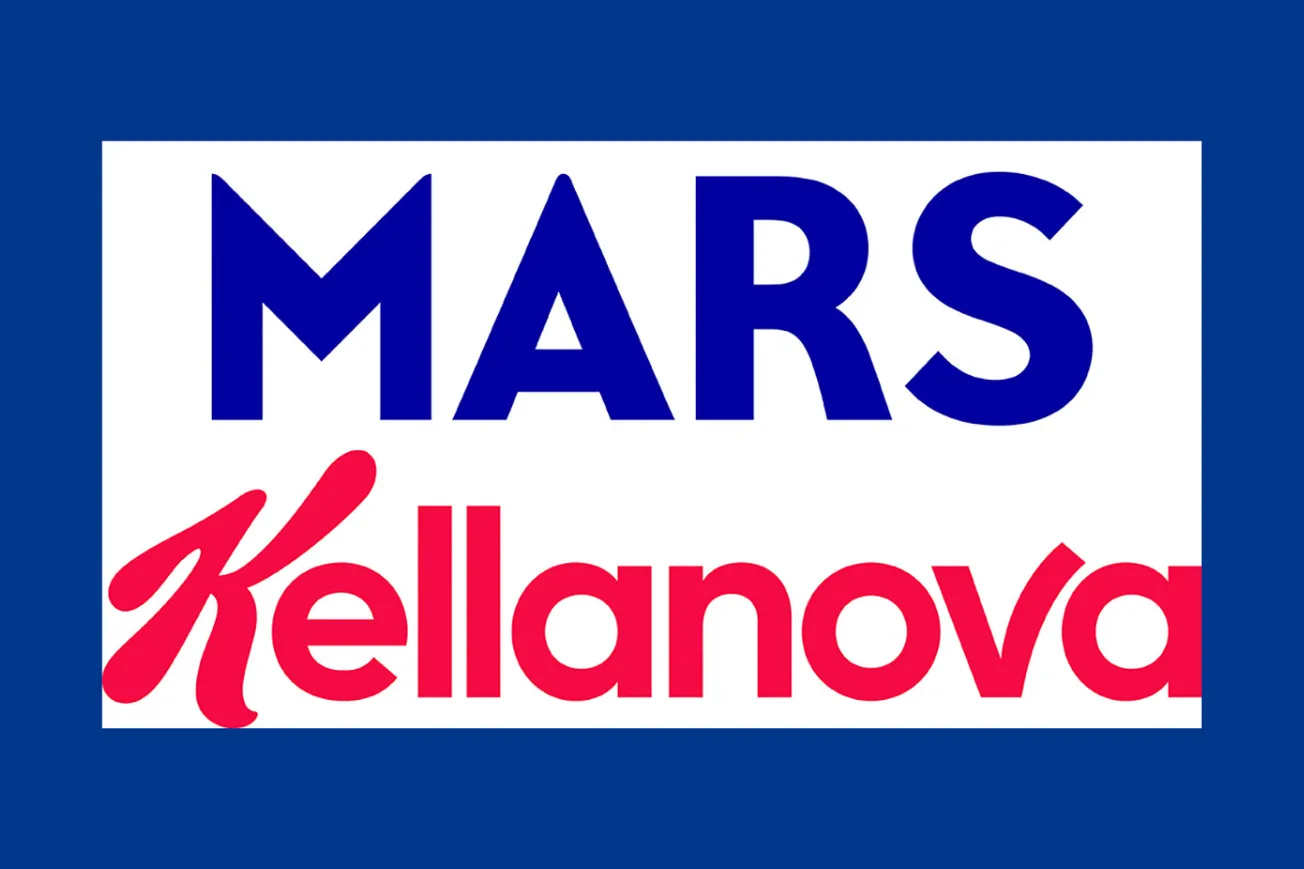In this era of health care reform, the stock of community pharmacy and the professionals who comprise it is rising.
In this era of health care reform, the stock of community pharmacy and the professionals who comprise it is rising.
Every day more and more policy makers and payers in the private sector are coming to recognize what patients have long known — the local pharmacist plays an essential part in maintaining their well-being, and does so in a personalized manner that is both effective and cost-efficient.
The latest evidence of the growth in pharmacy’s stature is a report issued earlier this month by the National Governors Association. "The Expanding Role of Pharmacists in a Transformed Health Care System" makes a strong case for the need to pave the way for members of the profession to take on more responsibility and practice at the top of their license, if the objectives embodied in the Affordable Care Act and parallel initiatives now under way in the business community are to be realized.
Citing the importance of medication therapy management in the successful treatment of chronic diseases, the NGA study calls for tighter integration of pharmacists in collaborative practice agreements. "CPAs with other health care providers allow a licensed provider to refer patients to a pharmacist and delegate the delivery of clinical services under supervision," the report states.
That vision fits well with the ongoing evolution of community pharmacy. Already the most accessible health care providers, pharmacists are extending their reach beyond the traditional function of dispensing prescription medications and advising patients on their proper use to embrace such services as immunizations and diagnostic testing.
Pharmacy operators are prepared for the new era, but they will need some help from government officials and other health care providers to realize their full potential. The NGA study cites three big challenges that have to be dealt with — restrictive laws and regulations governing CPAs; lack of provider status for pharmacists and its negative impact on remuneration for patient care; and the limits pharmacists face in accessing integrated health information systems.
The obstacles are formidable and will require a sustained effort by pharmacy advocates to overcome. The good news is that the profession is steadily gaining allies like the National Governors Association in its bid to have a transformative effect on health care delivery.





